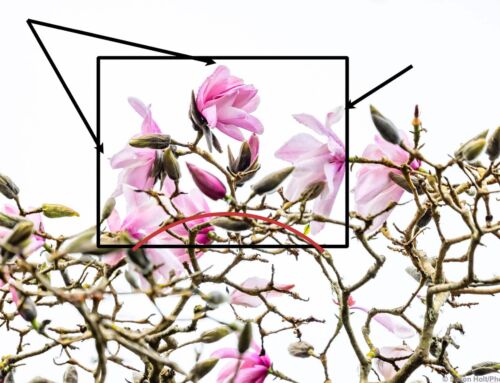Do we really want drought tolerant plants for our gardens ? Let’s look for climate tolerant plants.

Yucca rostrata between Arbutus and palm tree with Bougainvillea and variegated Agave sisaliana ‘Tricolor” in California garden;
All plants are drought tolerant in their native habitat and no plant can live without water.
No matter where a garden is located, anywhere in the world, the plants in that garden should naturally tolerate periods of lower than average water that might match the natural fluctuation of the climate. They may thrive with supplemental water during dry periods, and look more “ornamental”, but the term “drought tolerant” can be very misleading, especially in summer-dry climates.
Summer-dry gardens are normally dry for long periods. It’s not drought, it’s normal. Depending on the particular location, a summer-dry climate can expect to be dry for 3 months (such as Seattle) or 10 months in Southern California.
The best plants for those gardens are very different, but each can withstand months without water. Each garden looks better with some summer water and should be tolerant of no water, but this does not make them tolerant of drought in other regions.
Let’s look at two climate tolerant, summer-dry gardens in Seattle and Pasadena.

Plant tapestry in the waterwise mixed border demonstration garden at Bellevue Botanic Garden

Succulent garden at Huntington Botanical Garden with Yucca rigida tree
It’s pretty obvious the Bellevue garden, near Seattle would not survive in dry Southern California but the cactus and succulent garden of the Huntington Garden in Pasadena would not survive in hotter and drier Palm Springs without additional water. Indeed the California garden would not survive in Seattle. It would be too wet and would rot.
Climate tolerant gardens respect local conditions. Waterwise and drought tolerant are relative terms given the climate where the garden lives..
So don’t select plants for your garden that are simply called drought tolerant. A good local nursery will know the best plants for your region and may very well use the term “drought tolerant” when they really mean climate tolerant. Understand natural rainfall when asking about drought tolerance.
Most gardens do look best with some supplemental water and the art of summer-dry gardening is learning how to use water efficiently and experimenting with plants that mix with others. The State of California has an excellent database of garden plants, comparing water use of plants grow in different parts of the State.
The Water Use Classifications of Landscape Species or WUCOLS database is available as pdf or searchable database. Summer-Dry website has a photo database of plants especially suited to Northern California.
The best plants for summer-dry gardens are not drought tolerant, they are tolerant of dry periods in their native climate. Know your garden.







Leave A Comment